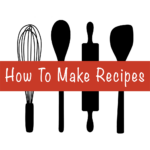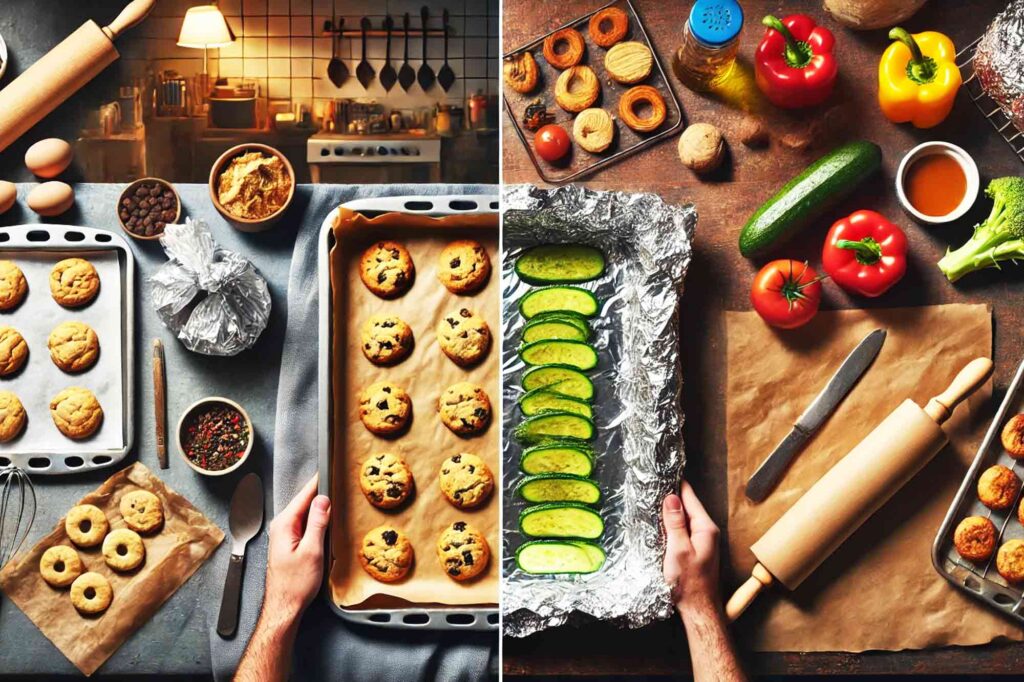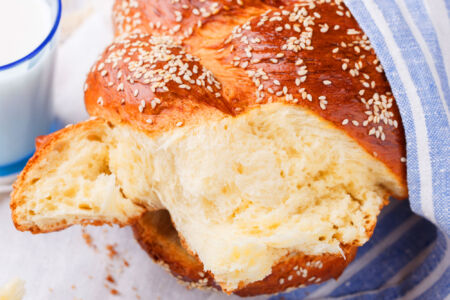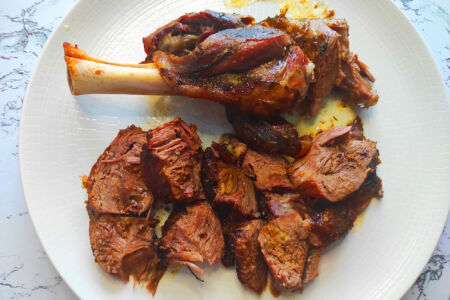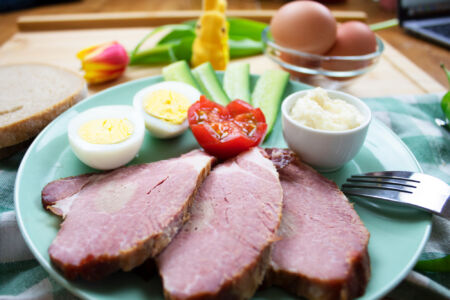Kitchen Tips for Using Parchment Paper and Foil, when we should use foil or parchment paper?
When it comes to baking and cooking, parchment paper and aluminum foil are essential kitchen tools.
While they may seem similar, their uses are quite different, and knowing when to use each can make a big difference in your cooking results.
Parchment Paper
Parchment paper is a non-stick, heat-resistant material, perfect for baking. Its history dates back to the ancient Egyptians, who used it to wrap food for preservation.
Nowadays, it's primarily used in baking because it prevents sticking without the need for extra butter or oil. You’ll often see it lining baking sheets for cookies or under cakes to keep them from sticking to the pan.
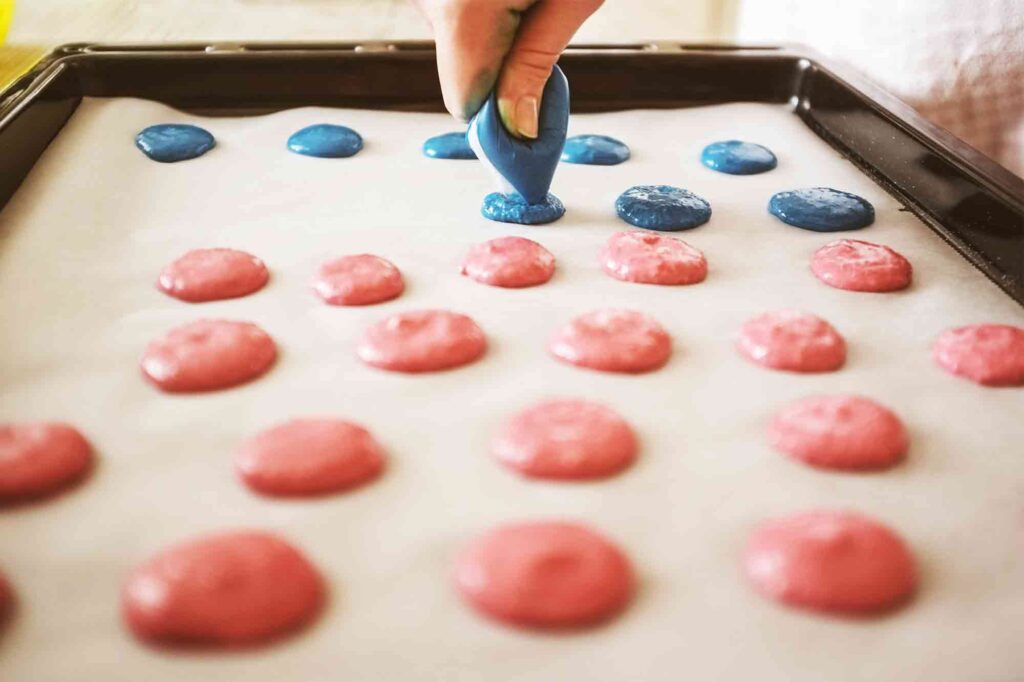
One major tip is to use parchment paper when baking anything delicate, like meringues or macaroons, as it ensures an even, non-stick surface.
Another trick is to use it for roasting vegetables. It absorbs moisture, helping the vegetables to caramelize better without becoming soggy.
Aluminum Foil
Aluminum foil, invented in the early 20th century, is best known for its ability to conduct heat. Foil is great for covering dishes in the oven to keep moisture in or for wrapping foods like fish and meats to create a steaming effect.
A common kitchen tip is to use foil for lining roasting pans when cooking meats to make cleanup easier.
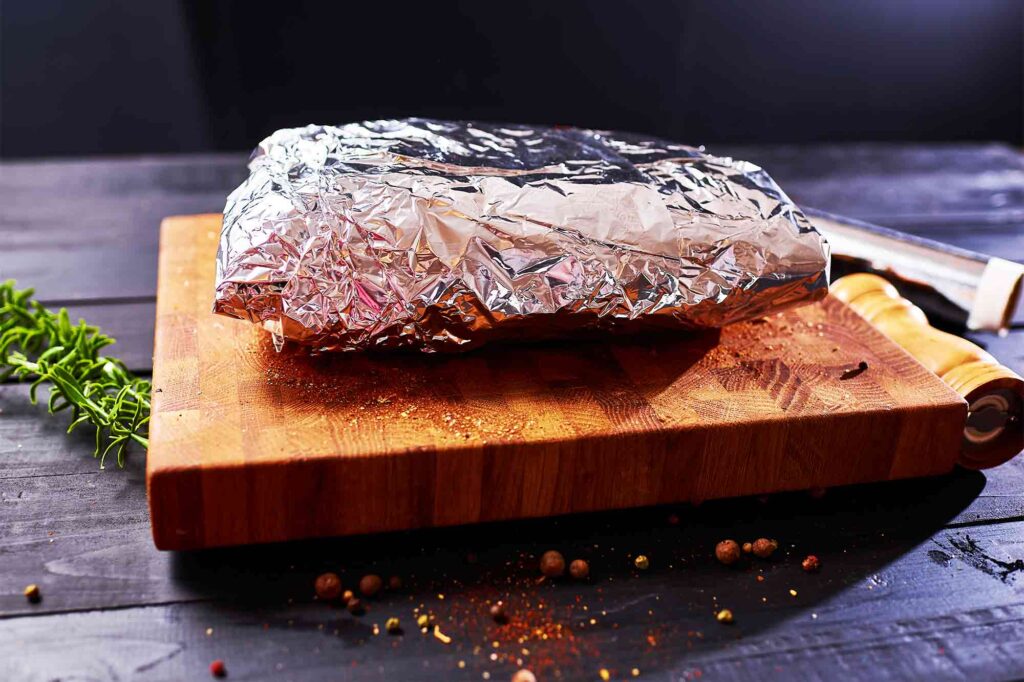
Aluminum foil is also perfect for grilling. When you're making foods like corn on the cob or vegetables, wrapping them in foil locks in the moisture, resulting in juicy, tender foods.
Another handy use is shaping foil into a makeshift funnel or baking mold when you're in a pinch.
Knowing the Difference
So, when should you use parchment paper vs. aluminum foil?
If you want something non-stick and heat-resistant, go with parchment paper. If you need something that can withstand higher heat and be used for covering or wrapping food, aluminum foil is your go-to.
Both are kitchen staples, but knowing how to use them best can elevate your cooking game.
